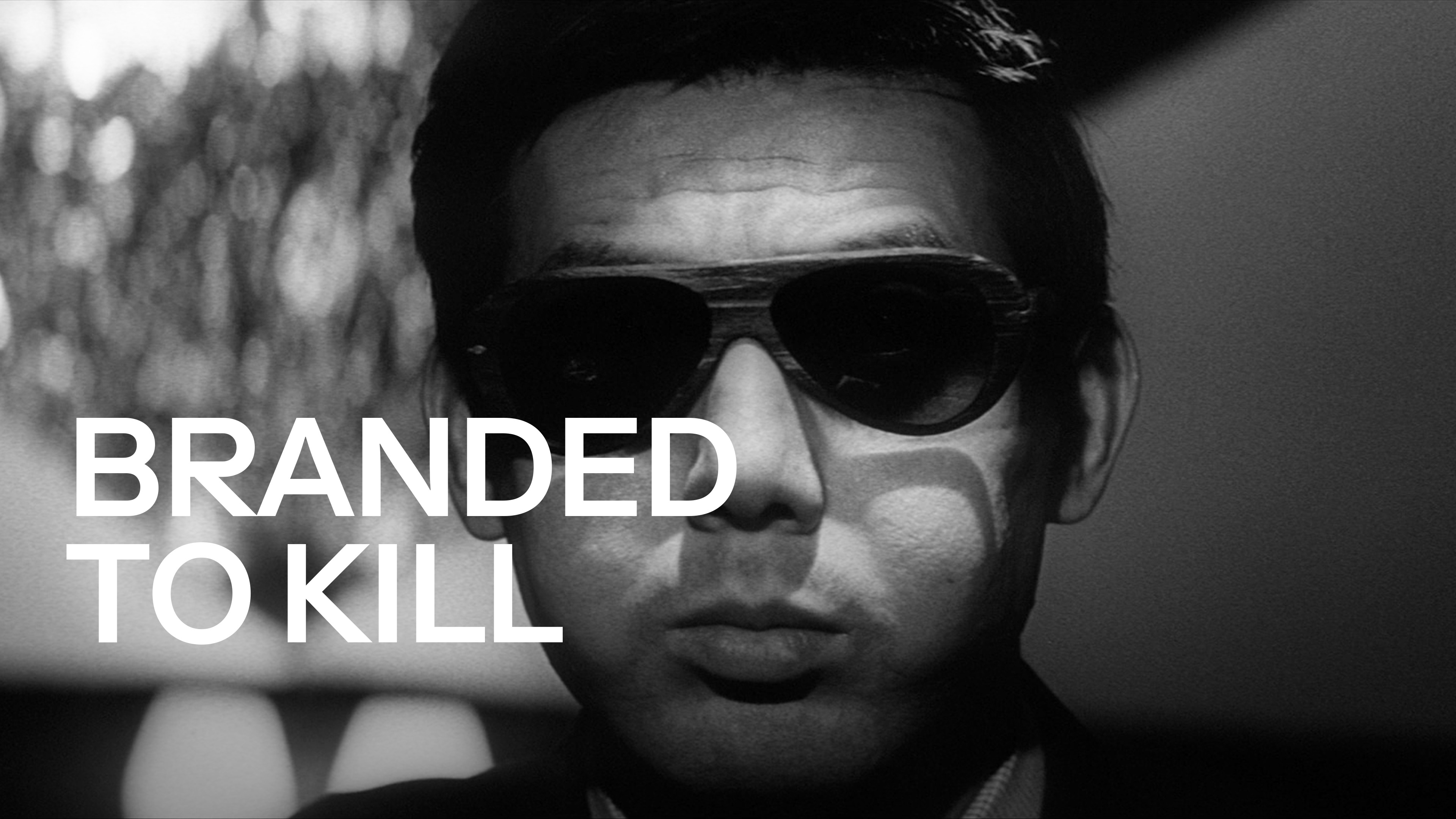
Branded To Kill is a cult Japanese crime film that has achieved legendary status for its innovative and avant-garde approach to storytelling. Directed by Seijun Suzuki in 1967, the movie follows the life of Hanada, a professional hitman ranked as the third best in Japan. However, things take a sinister turn when he becomes embroiled in a deadly game of cat and mouse with rivals and mysterious femme fatales. Branded To Kill stands out for its unique blend of crime, surrealism, and dark humor, making it a landmark in Japanese cinema. With its controversial content and unconventional narrative structure, the movie continues to captivate audiences and inspire filmmakers worldwide. In this article, we delve into 33 fascinating facts about Branded To Kill that shed light on its inception, production, and legacy in the world of cinema.
Key Takeaways:
- “Branded To Kill” is a rebellious Japanese film that was initially banned but later gained a cult following for its unique style, influential visuals, and exploration of existential themes.
- The movie’s director, Seijun Suzuki, challenged traditional filmmaking, inspiring filmmakers like Quentin Tarantino and leaving a lasting impact on cinema worldwide.
Controversial Director
Branded To Kill was directed by Seijun Suzuki, a highly controversial and influential Japanese filmmaker.
Unconventional Plot
The film follows the story of Goro Hanada, a hitman who becomes embroiled in a dangerous game of cat and mouse.
Banned by the Studios
Branded To Kill was initially banned by the Nikkatsu Studios due to its unconventional narrative and explicit content.
Cult Following
Despite its initial banning, the film has gained a cult following over the years, with many considering it a classic of Japanese cinema.
Influential Visual Style
Suzuki’s unique visual style, characterized by surreal imagery and bold compositions, has had a significant impact on subsequent filmmakers.
Yakuza Themes
The movie explores the world of the yakuza, Japan’s organized crime syndicates, and their brutal lifestyle.
Distinctive Soundtrack
Branded To Kill features a memorable jazz-inspired soundtrack composed by Naozumi Yamamoto.
Stylistic Violence
The film is known for its stylized and intense action sequences, marked by graphic violence and creative cinematography.
Symbolic Motifs
Suzuki incorporates several symbolic motifs throughout the film, including butterflies and the number 3, adding depth to the narrative.
Symbolism of the Butterfly
The recurring motif of butterflies represents freedom, transformation, and the fleeting nature of life in the context of the film.
Experimental Editing
Suzuki employs experimental editing techniques, such as jump cuts and abrupt transitions, to create a disorienting and surreal atmosphere.
Inspiration from French New Wave
Suzuki was influenced by the French New Wave movement, integrating its avant-garde stylistic elements into Branded To Kill.
Cinematic Innovations
The film showcases Suzuki’s innovative use of camera angles, unconventional framing, and non-linear storytelling.
Infamous Butterfly Kiss
One of the film’s most memorable scenes is the “butterfly kiss,” where the protagonist kisses a butterfly pinned to a woman’s shoulder.
Complex Characters
The characters in Branded To Kill are multi-dimensional and morally ambiguous, adding layers of complexity to the narrative.
Critical Reception
Upon its release, Branded To Kill received mixed reviews from critics, with some praising its audacity and others criticizing its unconventional storytelling.
Reevaluation and Rediscovery
In recent years, the film has been reevaluated by critics and recognized as a significant contribution to Japanese cinema.
Japanese New Wave
Branded To Kill is considered a seminal work of the Japanese New Wave, a movement characterized by its rejection of traditional filmmaking conventions.
The French Connection
The movie caught the attention of French film critics, who championed Suzuki’s unique style and pushed for its recognition in the international film festival circuit.
Existential Themes
Branded To Kill delves into existential themes, exploring the fragility of human existence and the search for meaning in a chaotic world.
Artistic Freedom vs. Studio Control
The film serves as a commentary on the tension between artistic freedom and studio control in the Japanese film industry during the 1960s.
Meta Commentary
Suzuki includes meta-commentary within the film, questioning the boundaries and expectations of traditional storytelling.
Recognition at Last
In 1967, the film was finally released after legal battles between Suzuki and the Nikkatsu Studios, giving it the recognition it deserved.
Legacy of Branded To Kill
Branded To Kill’s legacy can be seen in the works of directors such as Quentin Tarantino, who draw inspiration from Suzuki’s rebellious spirit.
Essential Viewing for Film Enthusiasts
This film is a must-watch for cinephiles and those interested in exploring the boundaries of cinema and its impact on artistic expression.
Black Comedy Elements
Branded To Kill incorporates dark humor and satire, providing a unique perspective on the assassins’ world.
Stylish Wardrobe
Goro Hanada’s extravagant wardrobe, including his iconic trench coat, has become synonymous with the film’s aesthetic.
Symbolism of the Number 3
The number 3 appears throughout the film and is believed to represent the cyclical nature of life and death, as well as the triadic structure of the yakuza.
Breathtaking Cinematography
The cinematography in Branded To Kill is visually stunning, capturing both the gritty underworld and the beauty of the natural surroundings.
Legendary Performances
The cast delivers powerful performances, with Jo Shishido’s portrayal of Goro Hanada becoming iconic in Japanese cinema.
Iconic Movie Poster
The movie’s poster, featuring a close-up of Jo Shishido’s face with a sniper’s crosshair overlay, has become a classic image in cinema history.
Popularity in the West
In recent years, Branded To Kill has gained popularity among Western audiences for its audacious storytelling and stylistic choices.
Enduring Influence
Branded To Kill continues to inspire filmmakers around the world, cementing its status as a timeless masterpiece.
Conclusion
Branded To Kill is a cult classic movie that has captivated audiences with its unique storytelling and striking visuals. With its intriguing plot, memorable characters, and stylish direction, it has solidified its place as a must-watch film for cinephiles. Whether you are a fan of film noir or seeking something unconventional, Branded To Kill delivers a thrilling and thought-provoking experience. Its influence can be seen in various works of contemporary cinema, showcasing its enduring impact on the industry. So grab some popcorn, sit back, and immerse yourself in the world of Branded To Kill.
FAQs
Q: When was Branded To Kill released?
A: Branded To Kill was released on June 15, 1967.
Q: Who directed Branded To Kill?
A: Branded To Kill was directed by Seijun Suzuki.
Q: What is the genre of Branded To Kill?
A: Branded To Kill is a crime thriller film.
Q: Are there any notable actors in Branded To Kill?
A: Yes, Branded To Kill features actors such as Jo Shishido, Koji Nanbara, and Annu Mari.
Q: Is Branded To Kill available on streaming platforms?
A: Yes, Branded To Kill is available for streaming on various platforms like Amazon Prime Video and Criterion Channel.
Q: What is the runtime of Branded To Kill?
A: Branded To Kill has a runtime of approximately 1 hour and 31 minutes.
Q: Has Branded To Kill won any awards?
A: While Branded To Kill did not receive any major awards, it has gained critical acclaim and has a dedicated fanbase.
If you enjoyed learning about Branded to Kill, why not explore other fascinating films? Dive into the world of Japanese cinema with Samurai 1: Musashi Miyamoto, a classic that showcases Japan's rich cinematic heritage. For fans of film noir, don't miss our article on the Film Noir Festival, celebrating this captivating genre. And if you're in the mood for a cult classic, check out our piece on UHF, a quirky comedy that has stood the test of time. Each of these films offers a unique perspective on the art of moviemaking.
Was this page helpful?
Our commitment to delivering trustworthy and engaging content is at the heart of what we do. Each fact on our site is contributed by real users like you, bringing a wealth of diverse insights and information. To ensure the highest standards of accuracy and reliability, our dedicated editors meticulously review each submission. This process guarantees that the facts we share are not only fascinating but also credible. Trust in our commitment to quality and authenticity as you explore and learn with us.


